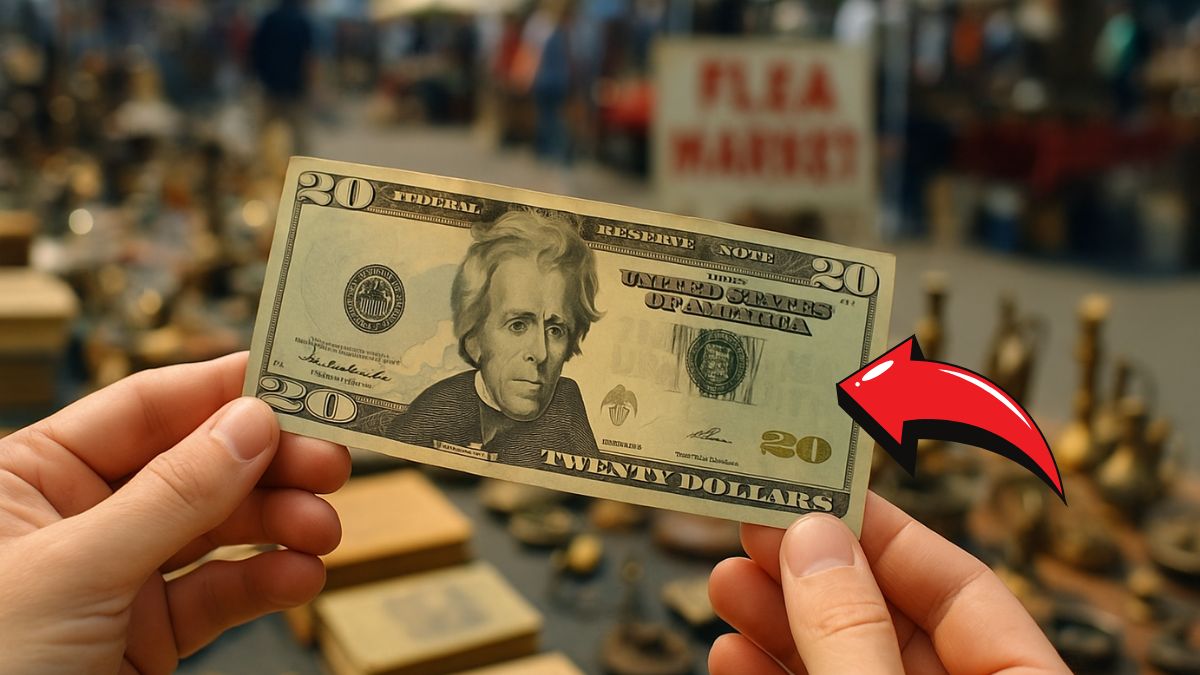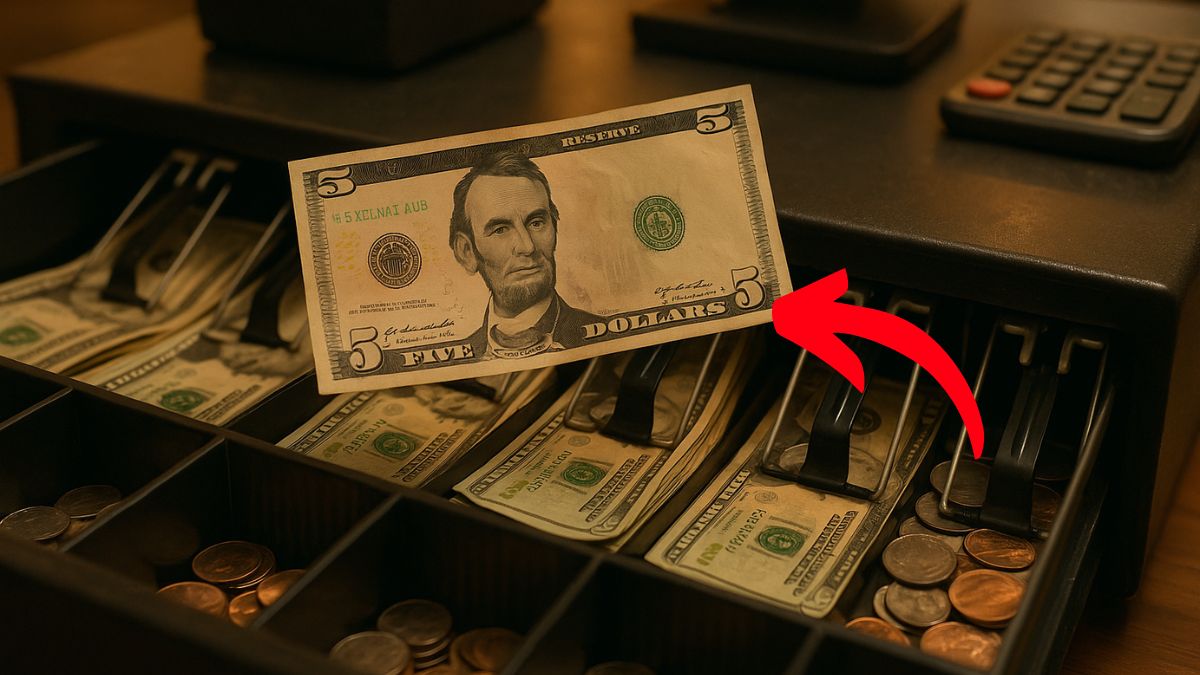Double $500 Monthly Payments Now Available – Find Out If You’re Eligible For Both!
In 2025, selected Americans have the opportunity to receive two separate $500 monthly payments through different financial aid programs. These payments aim to support low- and moderate-income individuals and families struggling with rising living costs. Here’s a complete breakdown of how these programs work, who qualifies, and how you can benefit. Overview of the Two $500 … Read more










